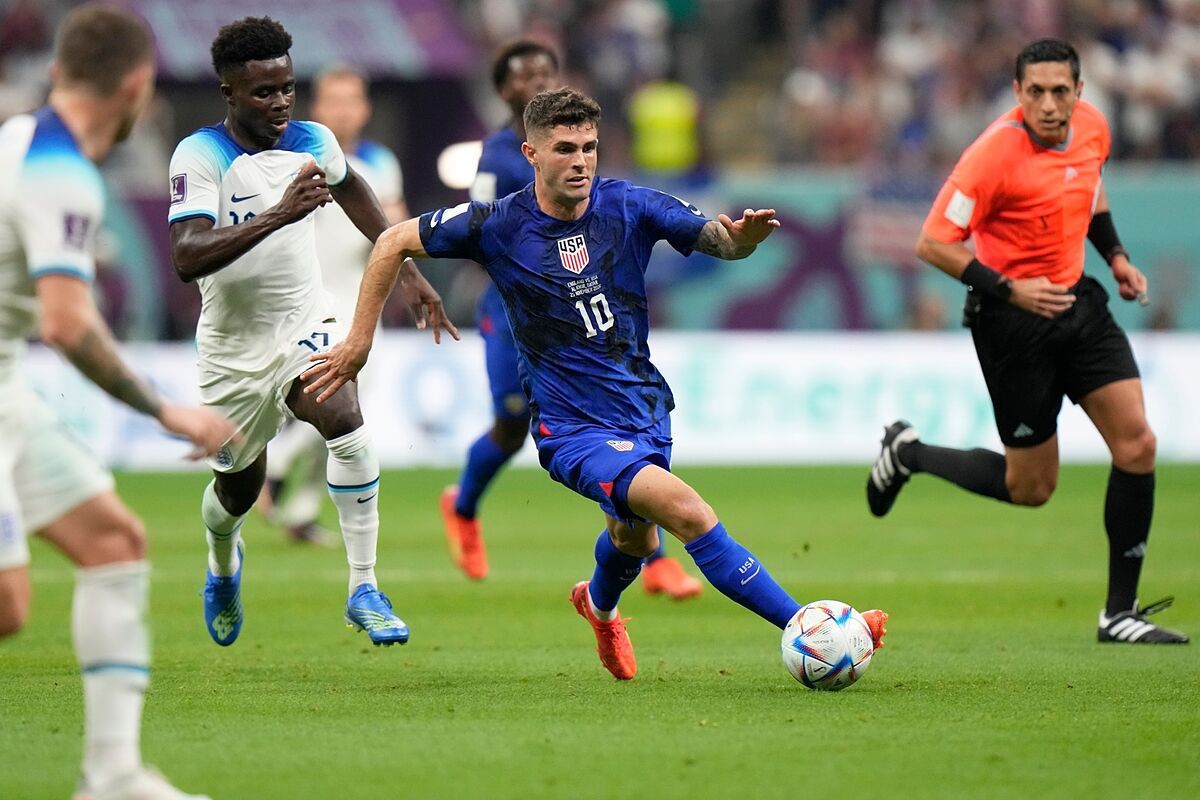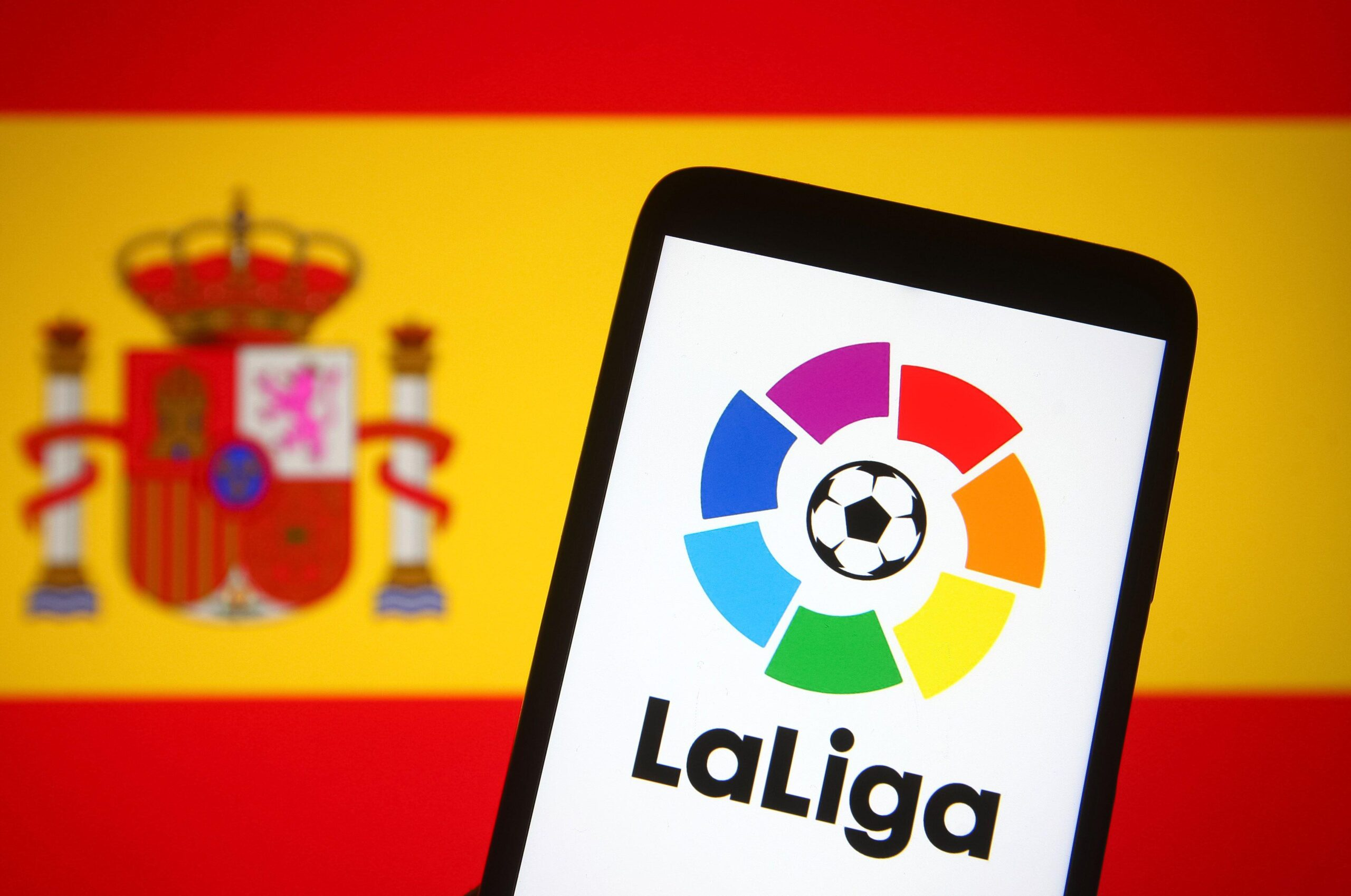esportelo.com – Soccer, known as football outside of North America, is undoubtedly the world’s most beloved and widely followed sport. Played in every corner of the globe, it has a unique ability to unite people, transcending cultures, languages, and backgrounds. This article delves into the history, global impact, and the essence of soccer, shedding light on why it is more than just a game.
The History of Soccer
Soccer’s origins can be traced back thousands of years, with evidence of similar ball games being played in ancient civilizations such as Egypt, China, and Greece. However, modern soccer, as we know it today, began to take shape in England during the 19th century.
In 1863, the Football Association (FA) was formed in England, creating standardized rules that would evolve into the foundation of the game. The establishment of the FA laid the groundwork for soccer’s global spread, and by the late 1800s, the sport had begun to travel to other parts of Europe, South America, and beyond.
The first international match was played between Scotland and England in 1872, and soon, other countries followed suit, establishing their own national teams. In 1904, the Fédération Internationale de Football Association (FIFA) was founded to oversee the global governance of the sport.
The Global Reach of Soccer
Today, soccer is played and followed by millions of people worldwide. With an estimated 4 billion fans globally, soccer is undeniably the most popular sport on Earth. It is particularly dominant in countries like Brazil, Argentina, Germany, Spain, and Italy, where the sport is a major part of cultural identity.
The simplicity of soccer’s rules and its minimal equipment requirements make it accessible to people of all ages and socioeconomic backgrounds. All that is needed is a ball and a flat surface to kick it. This accessibility has helped soccer grow into a truly global phenomenon, making it easy for the sport to take root in even the most remote or underprivileged areas.
The Structure of the Game
Soccer is a team sport played between two teams of 11 players each. The objective is simple: score more goals than the opponent. The game is played on a rectangular field with goals at each end. Players use their feet to pass, dribble, and shoot the ball, while the goalkeeper is the only player allowed to use their hands to prevent the opposing team from scoring.
A typical soccer match lasts 90 minutes, divided into two 45-minute halves, with a 15-minute halftime interval. In some cases, extra time and penalties may be used to determine the winner, especially in knockout-stage tournaments.
Major Competitions and Tournaments
Soccer is home to several prestigious tournaments, the most famous being the FIFA World Cup, which takes place every four years. The World Cup is the pinnacle of international soccer, attracting billions of viewers worldwide. Teams from all over the world compete in regional qualifiers, and only the best teams make it to the tournament. The final match is watched by millions, with countries like Brazil, Germany, and Argentina having a rich history of success in the tournament.
Another major competition is the UEFA Champions League, which features the best club teams from Europe. This annual tournament showcases high-level club football, with legendary teams like Real Madrid, Barcelona, Bayern Munich, and Liverpool regularly vying for the title.
Domestic leagues also form the heart of soccer’s competitive structure. Countries like England (Premier League), Spain (La Liga), Italy (Serie A), and Germany (Bundesliga) boast some of the most fiercely contested club competitions. These leagues are home to some of the world’s greatest players, and the matches between top teams often become a spectacle of skill, strategy, and passion.
The Players: Icons of the Game
Throughout the history of soccer, numerous players have left their mark on the sport, becoming global icons and household names. From the legendary Pelé, who won three World Cups with Brazil, to Diego Maradona, whose “Hand of God” and “Goal of the Century” at the 1986 World Cup are etched in history, soccer has been shaped by these exceptional talents.
In more recent years, players like Lionel Messi and Cristiano Ronaldo have dominated the sport, each winning numerous individual awards, including the coveted Ballon d’Or. These players have not only captivated fans with their extraordinary skills but have also become global ambassadors for the sport.
The Cultural Impact of Soccer
Soccer’s cultural significance extends far beyond the pitch. It is a source of pride, joy, and even political expression for millions of fans worldwide. In many countries, soccer is more than just a sport – it is a unifying force that brings people together in ways that few other activities can.
National teams are seen as representations of a country’s identity, and a World Cup victory can spark national celebrations. In places like Brazil, Argentina, and Italy, soccer is ingrained in the national fabric, and fans follow their teams with unrivaled passion.
Clubs, too, hold a deep connection with their communities. Legendary club rivalries, such as Barcelona vs. Real Madrid or Manchester United vs. Liverpool, transcend the game itself, becoming symbolisms of regional, political, and cultural tensions.
Conclusion: Soccer as a Universal Language
Soccer’s ability to unite people from diverse backgrounds is what sets it apart from any other sport. Whether it’s a child kicking a ball in a rural village or a packed stadium of passionate fans, soccer provides a common ground for people to connect, share emotions, and celebrate the spirit of competition.
From its humble beginnings in England to its current global reach, soccer has evolved into more than just a sport. It is a universal language, a celebration of skill, passion, and unity that resonates with billions of people around the world. And as the beautiful game continues to grow and evolve, its place in the hearts and minds of fans will only strengthen, ensuring its legacy for generations to come.






